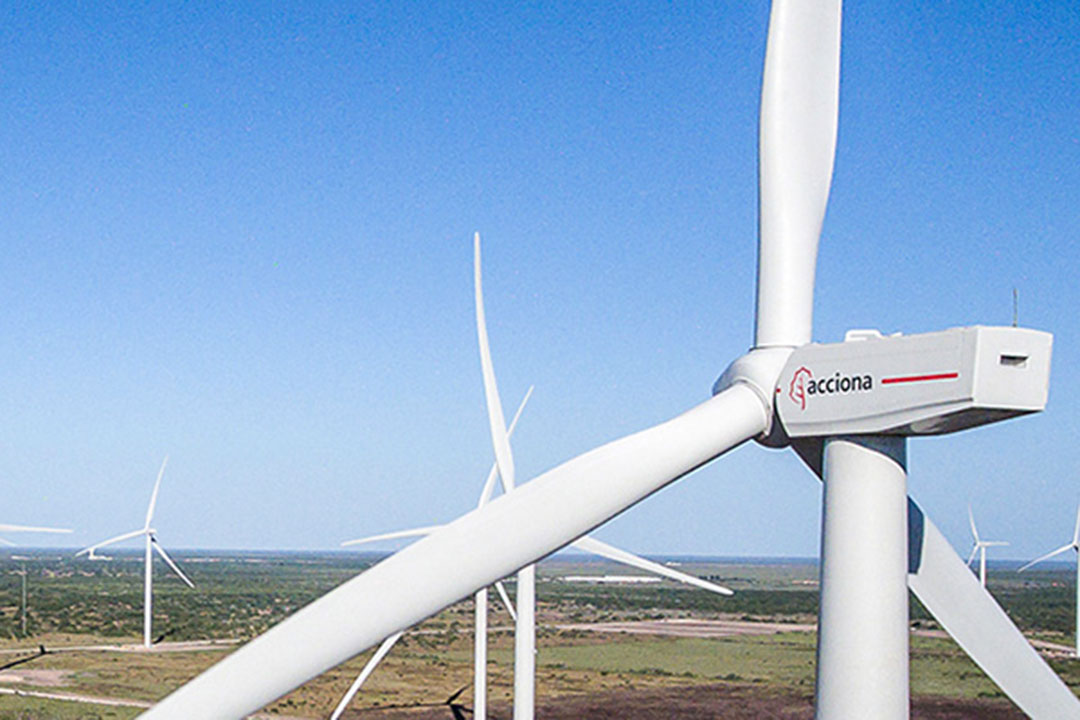
Thinking Beyond Politics
By Victor Andres C. Manhit

The Indo-Pacific region is fast gaining the focus and attention of the international community. Over the next 30 years, it is seen to become the greatest contributor to world economic growth.
The Philippines is located strategically at the heart of this rising center of global economic activity. Thus, there are great impetus for the Philippines to develop its infrastructure and boost its economy, so that it can be competitive and fully partake of the growth potential of the region.
We must begin positioning ourselves to become a significant economic player in this dynamic region. And while there are multiple and multifaceted risks — for example, asymmetric security challenges and rising inflation — we must instead focus on the multiple opportunities that would redound to the benefit of the Filipino people.
The ASEAN+3 Macroeconomic Research Office sees the Philippines as one of the fastest-growing economies in Southeast Asia, with a projected 6% (or over) of growth in 2024 and 2025. These projections are based on the nature of the Philippine economy: a consumption-driven one, boosted by a thriving consumer services sector, and partly powered by remittances from overseas Filipino workers who religiously send money back home to their families. In fact, for the first quarter of 2024, the service sector largely contributed to the national gross domestic product, with a 6.9% share.
But as we have seen too often, and especially during the pandemic-driven lockdowns that halted economic activity and dealt a heavy blow to the economy, consumption alone makes a society vulnerable to external shocks and supply disruptions.
Investments, on the other hand, are a different story.
Investments, especially in infrastructure, have a multiplier effect because they occasion the building of workplaces, creation of quality and long-term and green jobs, provision of job security, and income generation, among others. They bring economic activity to the community, elevate the skill level of their employees, and transfer technology we may not otherwise have access to. Investments will also make us resilient against global uncertainties. By applying this strategic approach, enhancing productivity, promoting innovation, and economic security for the nation will be achieved.
The challenge now is how to shift from consumption to investments, or at least increase the share of investments relative to consumption. Attracting investments has always been mentioned from administration to administration, and yet progress in this aspect has been slow relative to other regional economies.
To be sure, the current administration has been relentless in its efforts to attract investments, recognizing their potential as catalysts of economic growth. Of special significance is the renewable energy sector given the increasing energy demand and the need to source it from clean methods in a bid to help address climate change. The Philippine government is promoting the development of renewables to reduce its dependence on imported fossil fuels and has set targets to increase the share of renewable energy in the energy mix to 35% by 2030 and 50% by 2040.
One such foreign investor comes from Spain, with its chairman and CEO visiting the Philippines this month and meeting government leaders. The company, Acciona, is a global leader in sustainable energy. The acquisition of the stake in Freya Renewables by Acciona Energía brings an additional portfolio of 880 MW under development.
Its chairman and CEO, Jose Manuel Entrecanales, met with Special Assistant to the President for Investment and Economic Affairs Secretary Frederic Go and Cebu Governor Gwendolyn Garcia, among others, and confirmed that Acciona Energía will soon construct, operate, and maintain a 150-MW solar power plant in Daanbantayan. This will be the country’s first public-private partnership (PPP) in solar power generation.
They also announced the development of another 156-MW wind farm in the municipality of Pantabangan, located 150 kilometers north of Manila. Additionally, it has commenced construction of the 100-MW Kalayaan 2 wind farm in Laguna Province.
Acciona is not new to the Philippines. Transportation is also a key area of its activity, with the 8.5-kilometer Cebu-Cordova bridge, lines 02 and 04 of the Malolos-Clark Railway project, the Airport Railway Express Service linking Makati to Clark, and the South Commuter Railway Project 02 from Clark Airport to Calamba. Water infrastructure is another area, with the Laguna Lake DWTP, and the East Bay Water Treatment Plant. Finally, Acciona is also helping impoverished and remote areas of Palawan gain access to electricity through solar home units.
There are more companies like Acciona who have the financial and technical muscle to undertake such investments that may be given the opportunity to bring their business here for our mutual gain and benefit.
Addressing the country’s infrastructure gaps by opening up and even incentivizing the entry of quality and long-term investments through PPP engagements is the right strategy that would optimize the potential of the country’s human and natural assets with infrastructure networks that will empower all sectors of society to participate and thrive in a prosperous and sustainable economic system.
Victor Andres “Dindo” C. Manhit is the president of the Stratbase ADR Institute.